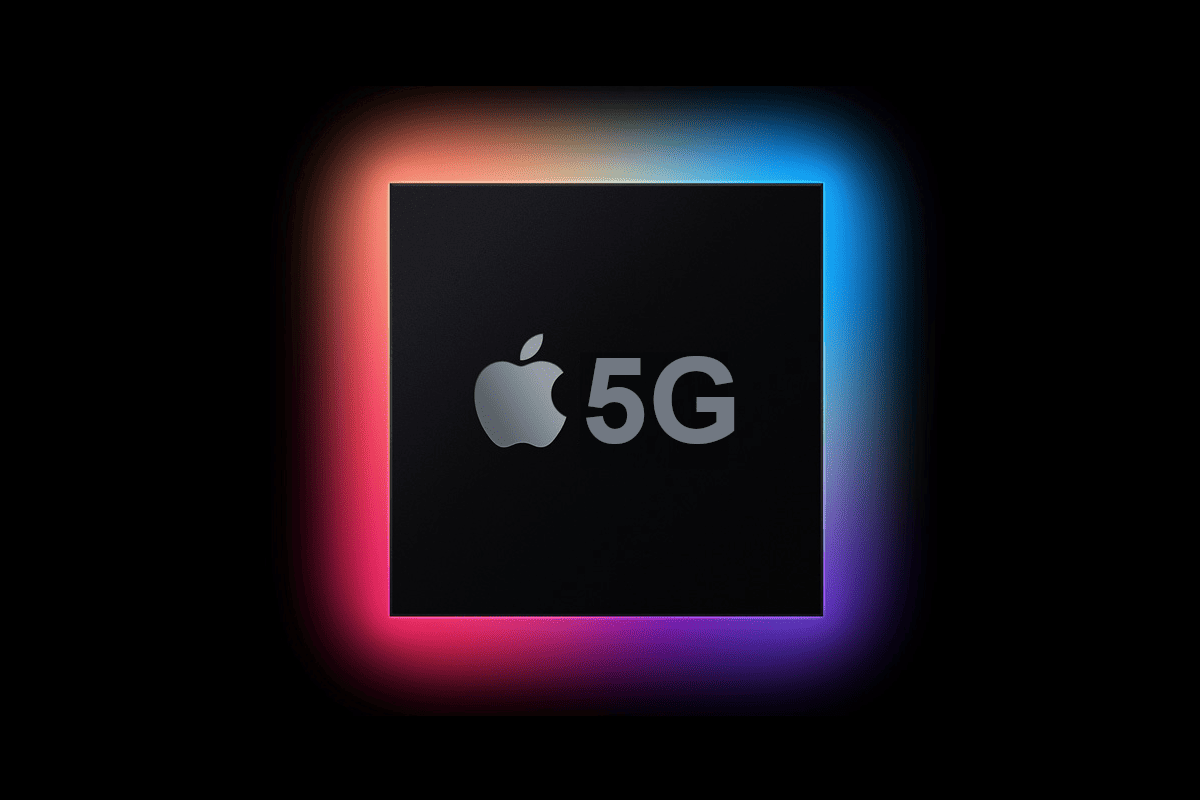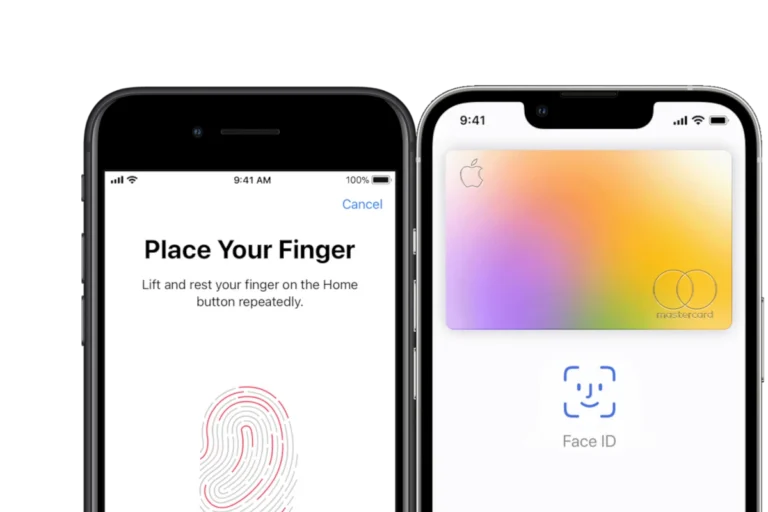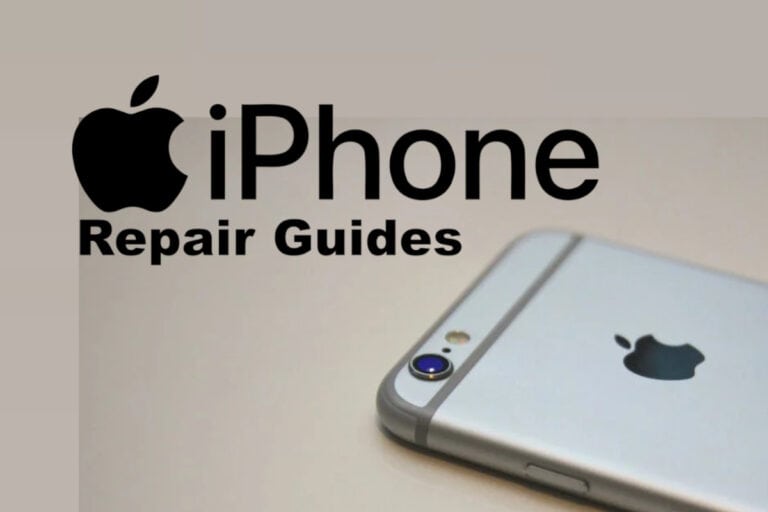Overview of Apple’s 5G Modem Development
Apple’s journey in creating an in-house 5G modem chip has been bumpy. Despite the company’s success with Apple Silicon, the transition to making its own 5G modem for the iPhone confronted unforeseen hurdles. Initially, Apple’s intention to manufacture this crucial component was fueled by a desire for greater control over the production of its flagship product, the iPhone.
In the quest for independence, Apple acquired Intel’s smartphone modem business in 2019. This strategic move was aimed at utilizing Intel’s patents and expertise to bolster the modem development process. Apple’s team of engineers worked tirelessly, investing significant resources into the project over the years.
2023 was a pivotal year, as reports emerged indicating that the development had hit a critical snag. It soon became apparent that crafting a 5G modem chip in-house was more complex than anticipated. In contrast, Qualcomm, a veteran in modem technology, has been reliably supplying 5G chips for previous iPhone models.
Despite the setback, Apple had been expected to introduce its own 5G modem in the iPhone 15 in 2024. However, recent leaks suggest that the endeavor might have fallen short. These suggest that Qualcomm will remain the sole supplier of 5G chips for the iPhone’s immediate future.
It’s important to note that these reports have not been conclusively confirmed by Apple. Yet such developments, should they prove true, emphasize the intricate challenges of cutting-edge technology development, even for tech giants like Apple.
Challenges in Apple’s In-House Modem Production
Apple’s journey toward creating an in-house 5G modem chip has encountered a host of issues. These include technical challenges, licensing disputes, and strategic concerns affecting partnerships and the broader market.
Technical and Legal Hurdles
Creating an in-house 5G modem chip is a highly complex task, requiring mastery over wireless communication technologies. Apple faced a slow progression in developing a superior modem chip. The challenges stemmed from the technical intricacies of 5G standards and the performance demands of modern wireless networks. Additionally, legal disputes posed significant obstacles, especially with regard to patent licensing and licence fees. Even as Apple moved away from using Qualcomm’s modem chips, they were embroiled in lawsuits reflecting a broader battle over patents and supply share.
Strategic Partnerships and Market Impact
Apple’s decision to create its own 5G chips aimed to reduce dependence on suppliers like Intel and Qualcomm. However, problems in this brute force endeavor impacted not only internal strategies but also relationships with partners and wireless carriers. As Qualcomm continued to hold a dominant supply share, device timelines such as the iPhone 15 Pro and iPhone 16 could face delays. A shift in the market dynamic was evidenced as Apple navigated the complex landscape of strategic partnerships while attempting to secure a place for its own modem technology.
Future of Apple’s Wireless Technology
Despite challenges, the future for Apple’s wireless technology innovations remains a topic of intense scrutiny. The hurdles in developing an Apple 5G modem chip underscore the difficulties of navigating 5G and wireless comms. Yet, Apple’s continued investment in research could lead to breakthroughs that may eventually alter the smartphone modem landscape. Keeping a close eye on standards and fostering relationships with wireless carriers and other tech companies will be crucial for Apple’s success in producing a modem that meets their stringent requirements for performance and integration.
Frequently Asked Questions
This section digs into common inquiries surrounding Apple’s challenges with their 5G modem development, and how it could shape the future of iPhones.
What are the reasons behind issues with Apple’s 5G modem?
Apple’s 5G modem development faced setbacks reportedly due to miscalculations of the complexity involved in creating a modem that could compete with existing technology leaders like Qualcomm.
How will Apple’s modem challenges affect future iPhone models?
The difficulties Apple has encountered may mean that upcoming iPhone models will continue using Qualcomm’s 5G modems rather than in-house designed chips.
Is Apple planning to produce its own modem chips for upcoming devices?
There have been mixed reports and rumblings about Apple’s intention, but recent information suggests that Apple may have ceased efforts to create its own 5G modems as of now.
What has been the impact of the Qualcomm and Apple partnership on modem performance?
The partnership between Qualcomm and Apple has ensured that iPhones remain competitive in 5G performance, as Qualcomm is a leading supplier with advanced modem technology.
Are there any known defects with the current iPhone’s 5G modem?
No widespread defects with the current Qualcomm-supplied 5G modems in iPhones have been reported. These modems are widely considered reliable and efficient.
How is Apple addressing the performance concerns surrounding its 5G modem?
Apple hasn’t publicly outlined specific performance concerns, as the Qualcomm modems in use are known for their solid performance. Apple’s focus seems to be on maintaining this level of reliability and speed.






